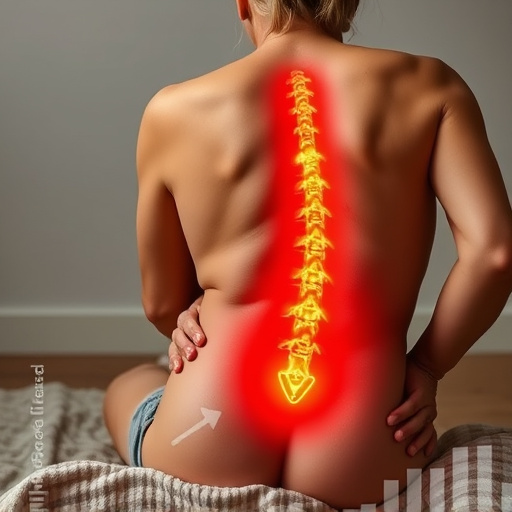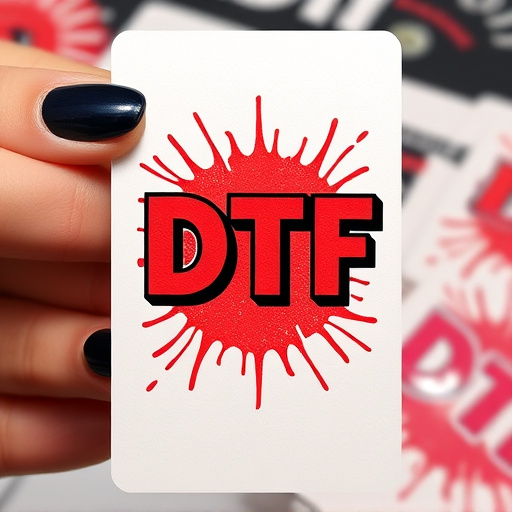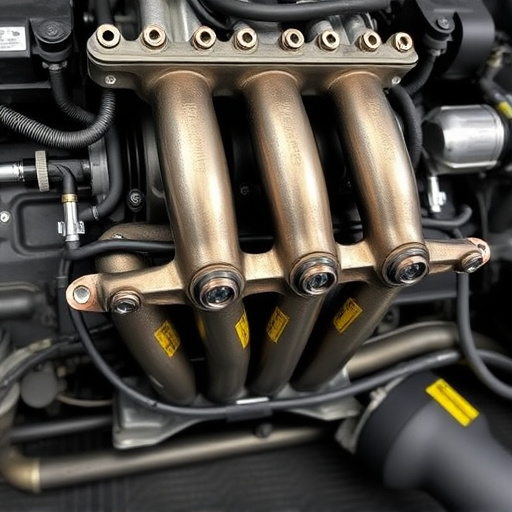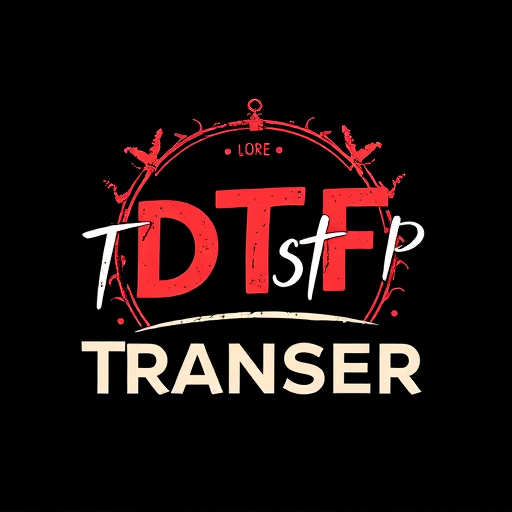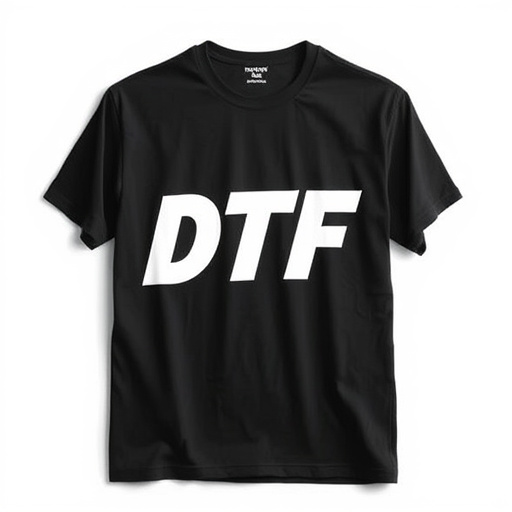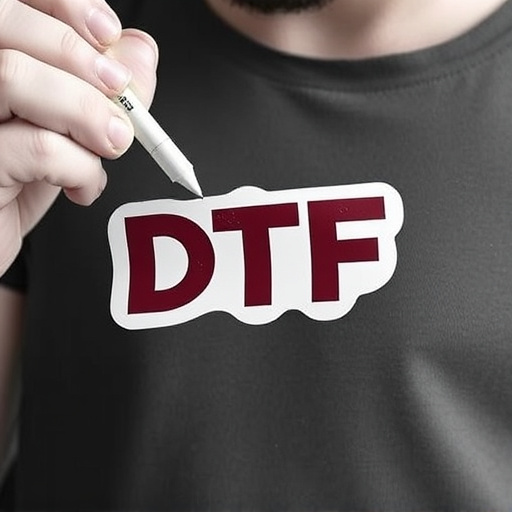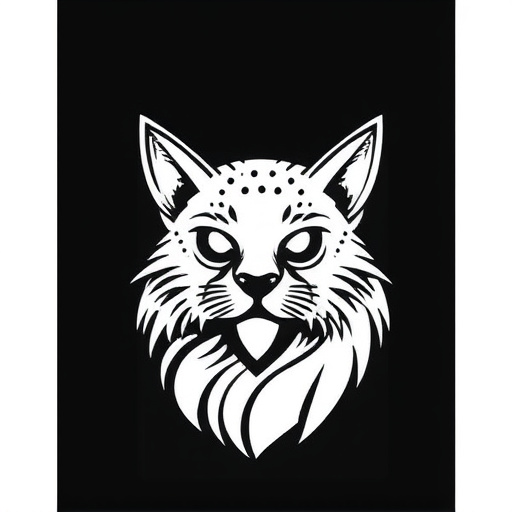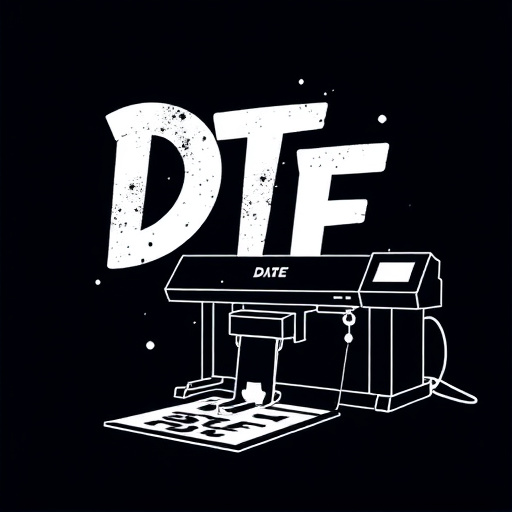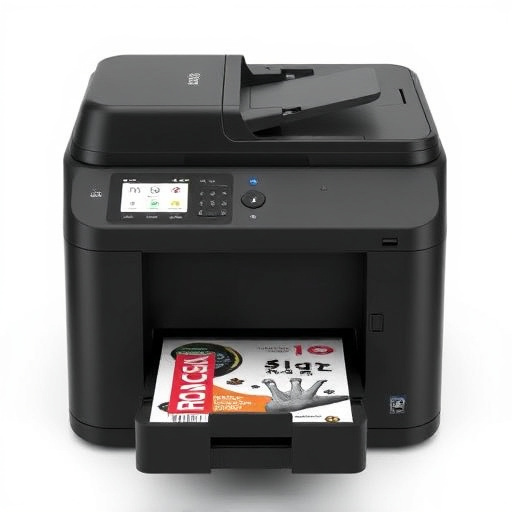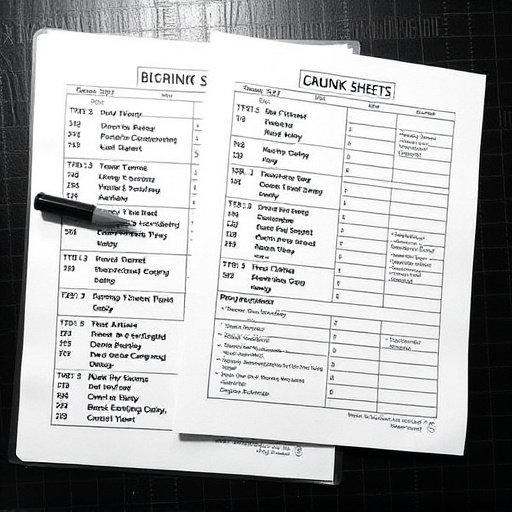Choosing the right press for DTF Print Sheets is crucial for efficient production and quality. Manual presses are ideal for small-scale, intricate designs, while automated presses handle high volumes with consistency. Key factors include order volume, design complexity, material type, press size, energy source, ease of use, maintenance, and advanced features like automated controls. The right choice ensures optimal transfer quality, faster turnarounds, and larger sheet capacities, meeting the demands of the competitive DTF print sheets market.
Looking to elevate your DTF (Direct to Film) print sheet game? Choosing the right equipment is crucial for achieving crisp, professional results. This comprehensive guide navigates the best gear for pressing DTF transfers, from selecting the perfect press to essential features and top-rated models. Discover key accessories, mastering calibration, and making an informed choice based on your printing needs and budget. Optimize your workflow with these expert insights into DTF print sheets technology.
- Choosing the Right Press for DTF Print Sheets
- – Factors to consider when selecting a pressing equipment
- – Types of presses available and their suitability for DTF print sheets
Choosing the Right Press for DTF Print Sheets
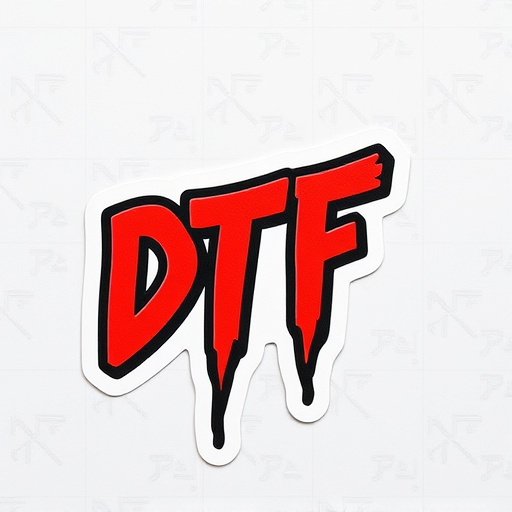
Choosing the right press for DTF print sheets is a crucial step to ensure optimal results and efficiency in your printing process. The most suitable equipment will depend on factors such as the volume of orders, the design complexity, and whether you’re focusing on single or bulk DTF printed shirts. For small-scale projects and intricate designs, a manual press can offer precise control, allowing for detailed applications. However, for higher production volumes, an automated press might be more efficient, saving time and reducing the risk of inconsistencies.
Consider your long-term goals and current workload when making this decision. Automated presses excel in DTF application instructions, enabling quick turnaround times for bulk orders. They are ideal for businesses aiming to meet high demand or those looking to streamline their printing process. Conversely, manual presses are perfect for startups or hobbyists who want to experiment with unique designs and maintain a more personalized touch.
– Factors to consider when selecting a pressing equipment
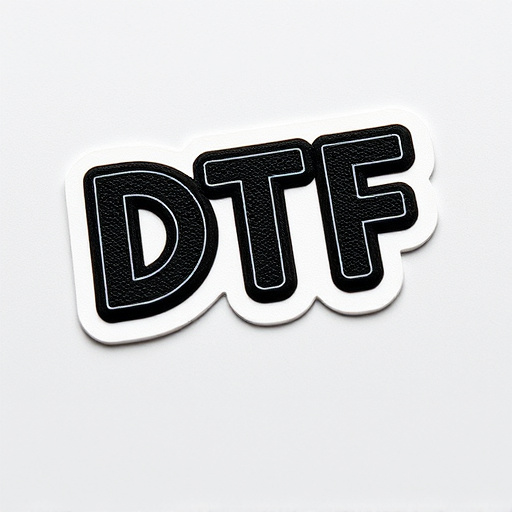
When selecting a pressing equipment for DTF Print Sheets, several key factors come into play. First and foremost, consider the type of material you’ll be working with—different sheets require specific heat and pressure settings to ensure optimal transfer without damaging the substrate or the design. The size and capacity of the press are also critical; if you’re dealing with larger prints or high-volume production, a more substantial press will be necessary.
Moreover, energy source is another vital consideration. While many presses use conventional heating elements, UV dtf transfers may require specialized equipment that utilizes ultraviolet light to cure the ink swiftly and efficiently. For those offering dtf custom apparel services, this can significantly impact turnaround time and overall production quality. Additionally, think about ease of use, maintenance requirements, and whether the press incorporates advanced features like automated controls or digital temperature adjustments for precision and consistency in each print job.
– Types of presses available and their suitability for DTF print sheets
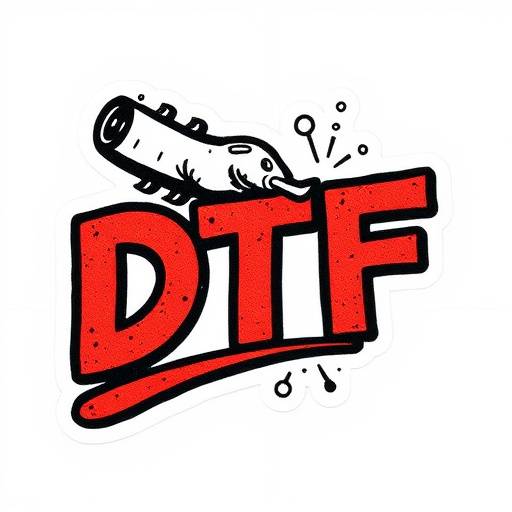
When it comes to pressing DTF (Direct-to-Fashion) print sheets and transfers, several types of presses are available in the market, each with its unique advantages. The most suitable press for this task largely depends on factors like production volume, desired results, and budget.
For small-scale operations or hobbyists creating custom designs, a manual heat press can be an excellent choice. These presses offer precision temperature control and allow for detailed application of the DTF design transfers. Their compact size makes them easy to operate and store. On the other hand, for higher production volumes, semi-automatic or fully automatic presses are more efficient options. These machines streamline the pressing process, ensuring consistent quality and faster turnaround times. With their ability to accommodate larger sheets and higher heat pressures, they are ideal for commercial applications, enabling businesses to deliver vibrant designs on demand with fast delivery, as is often sought after in the DTF print sheets market.
Pressing the perfect DTF (Direct-to-Film) print sheet requires the right equipment. By considering factors like heat, pressure, and time, and opting for a press suitable for DTF sheets, you can achieve high-quality, long-lasting transfers. Whether you choose a heat press or a roller press, investing in quality gear will elevate your DIY or professional printing outcomes.
